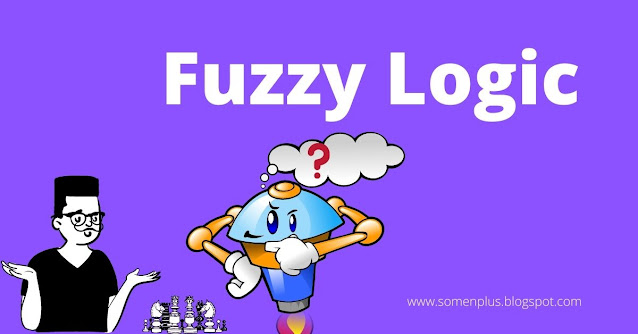Artificial intelligence is a computer system that is able to perform tasks that ordinarily require human intelligence.
Artificial intelligence systems are critical for companies that wish to extract value from data by automating and optimizing processes or producing actionable insights.
There are certain domains of artificial intelligence on which we can create our expertise
- Machine learning
- Deep learning
- Robotics
- Expert systems
- Fuzzy logic
- Natural language processing
- Computer vision
1. Machine learning
Machine learning is a subset of artificial intelligence.
Machine learning enables computers or machines to make data-driven decisions rather than being explicitly programmed for a certain task.
These programs or algorithms are designed in a way that they learn and improve over time when are exposed to new data.
Machine learning enables computers or machines to make data-driven decisions rather than being explicitly programmed for a certain task.
These programs or algorithms are designed in a way that they learn and improve over time when are exposed to new data.
Different types of machine learning models
- Supervised learning
- Unsupervised learning
- Reinforcement learning
Use cases
- Product recommendation on a shopping website.
- spam filter on email.
- Chatbots
2. Deep learning
Deep learning is artificial intelligence (AI) function that imitates the working of the human brain in processing data and creating patterns for use in decision making.
Deep learning is a subset of machine learning in artificial intelligence that has network capable of learning unsupervised from data that is unstructured or unlabeled also known as deep neural learning or deep neural network.
Different types of deep learning models
- Autoencoders
- Deep belief net
- Convolutional neural network
- Recurrent neural network
- Reinforcement learning to neural network
Use cases
- Driverless vehicles
- Virtual assistants
- chatbots
- Medical research
- Facial recognition
3. Robotics
Robotics is a branch of engineering that involves the conception, design, manufacture, and operation of robots.
This fields overlaps with electronics, computer science, artificial intelligence, mechatronics, nanotechnology and bioengineering.
Different types of robots
- Pr-programmed robots
- Humanoid robots
- Autonomous robots
- Teleoperated robots
- Augmenting robots
Use cases
- Manufacturing
- Logistics
- Healthcare
- Home
4. Expert system
An expert system is a program that uses artificial intelligence technology to simulate the knowledge and judgement of humans.
Expert systems usually include a subject-specific knowledge base and can have additional modules added to expand their capacities.
Different types of expert systems
- Rule-based systems
- Frame-based systems
- Hybrid systems
- Model-based systems
- Off the shelf systems
- Custom made systems
Use cases
- In the medical field
- In the agriculture field
- In the education field
5. Fuzzy logic
Fuzzy logic is a method of reasoning that resembles human reasoning. The approach of fuzzy logic imitates the way of decision making in humans that involves all intermediate possibilities between digital values yes or no.
The conventional logic block that a computer can understand takes precise input and produces a definite output as true or false which is equivalent to human's yes or no.
Different types of fuzzifier
- Singleton fuzzifier
- Gaussian fuzzifier
- Trapezoidal or triangular fuzzifier
Use cases
- Psychology
- Pattern recognition and classifications
- Securities
- Medical
- Marine
- Finance
6. Natural language processing
Natural language processing is a branch of artificial intelligence that helps the computers understand interpret and manipulate human language.
Natural language processing draws from many disciplines including computers science and computational linguistics in its pursuit to fill the gap between human communication and computer understanding.
Different types of Natural language processing(NLP)
- Optical character recognition
- Speech recognition
- Machine translation
- Natural language generation
- Sentiment analysis
- Semantic search
- Machine learning
Use cases
- Email filter
- Smart assistants
- Search results
- Predictive text
- Language translation
- Digital phone calls
- Text analytics
7. Computer vision
Today, computer vision is one of the hottest subfields of artificial intelligence and machine learning given its wide variety of applications and tremendous potential. It's a goal to replicate the powerful capacities of human vision.
Computer vision system must recognize the present objects and their characteristics such as shapes textures, colours, sizes, spatial arrangement, among other things to provide a description as complete as possible of the image.
Different techniques of computer vision
- Image classification
- Object detection
- Object tracking
- Semantic segmentation
- Instance segmentation
Use cases
- Defect detection
- Metrology
- Intruder detection
- Assembly verification
- Screen reader







